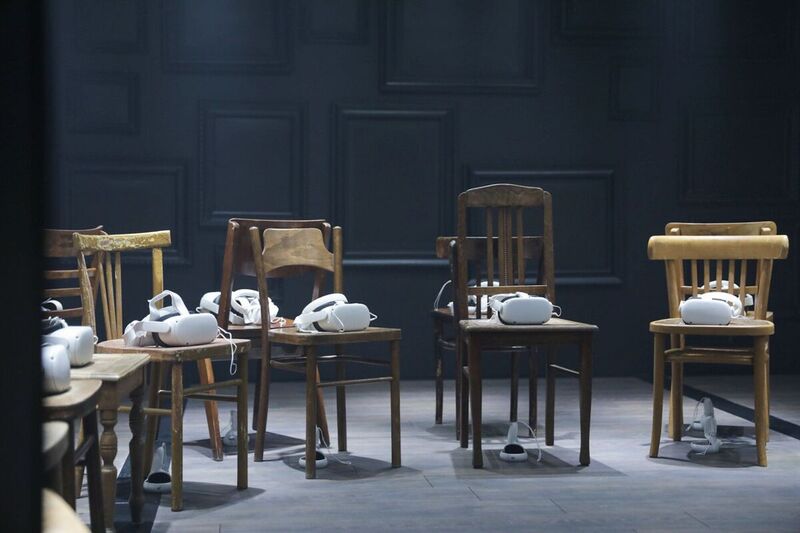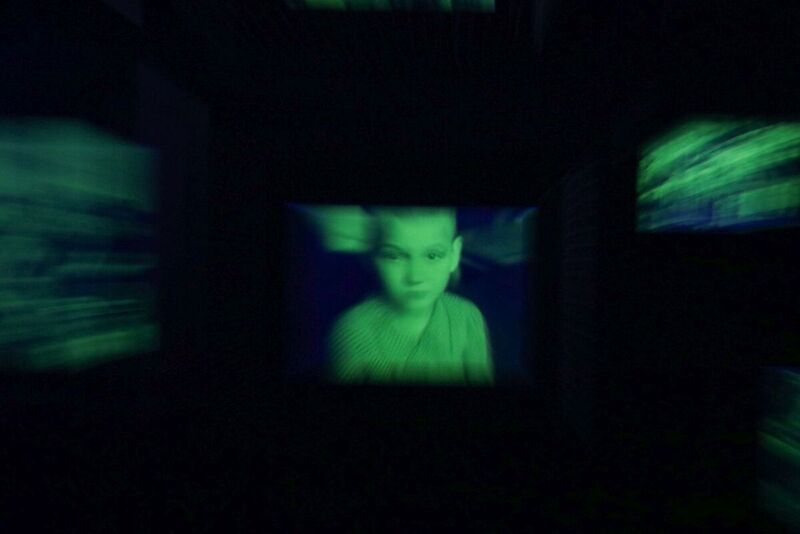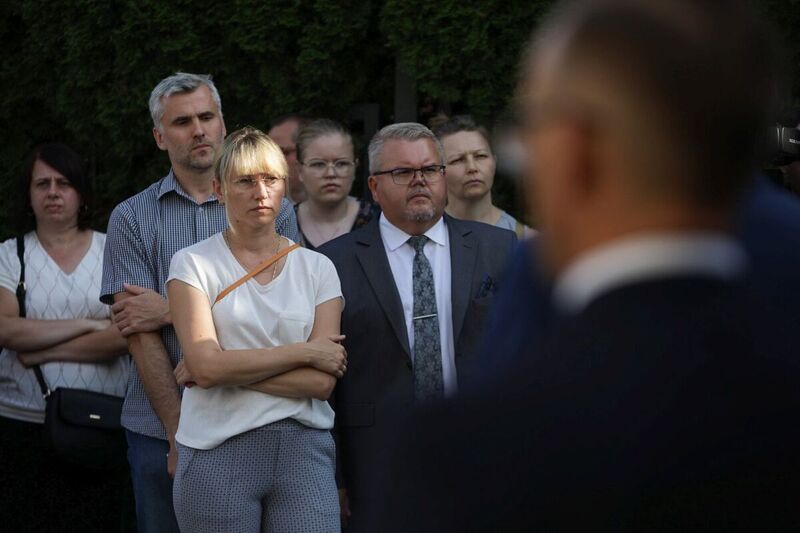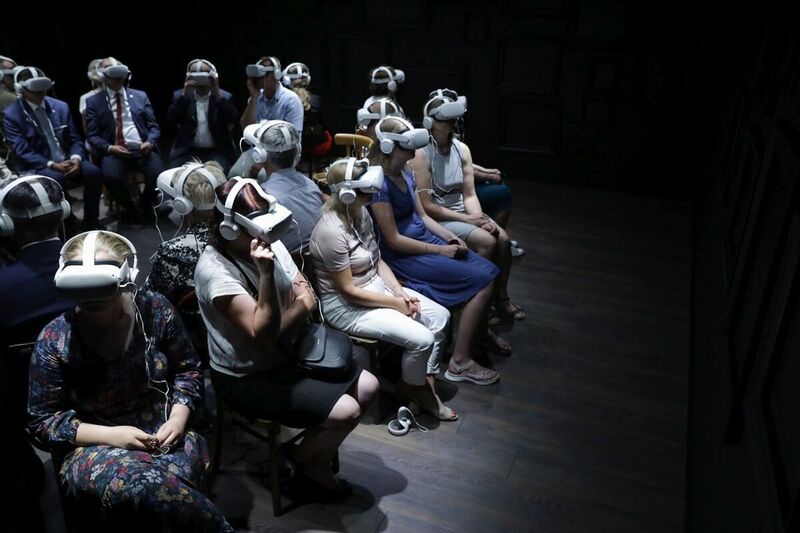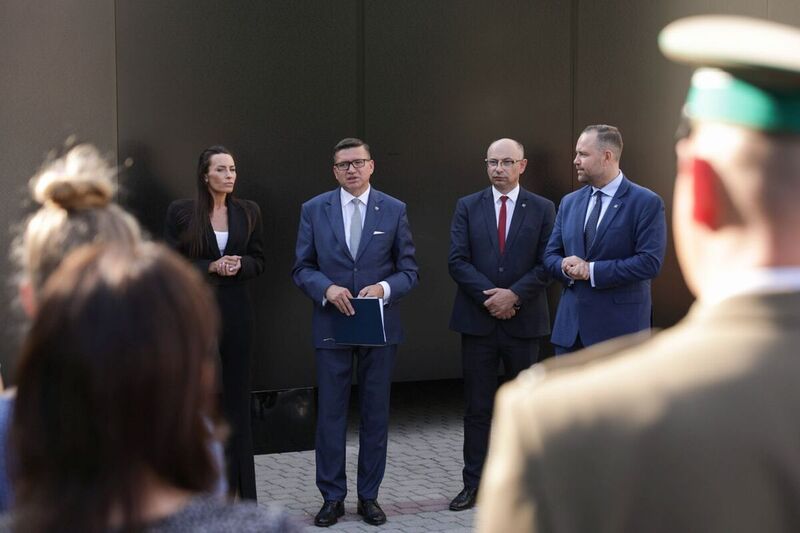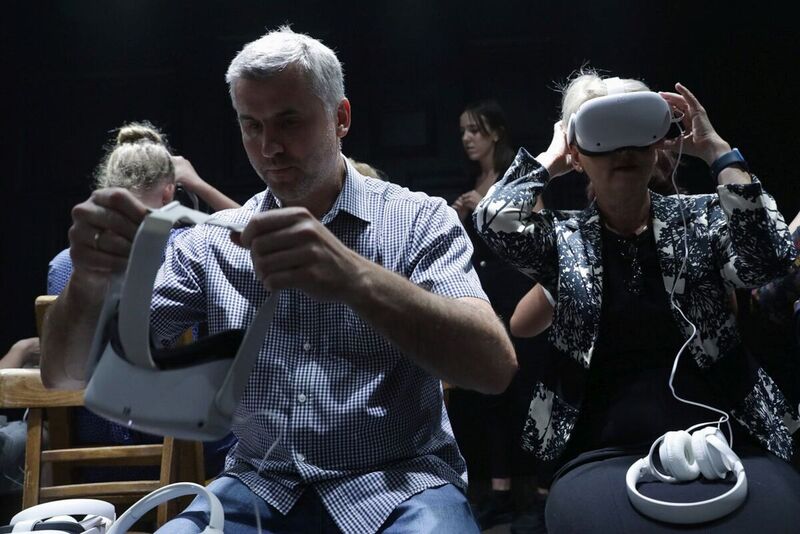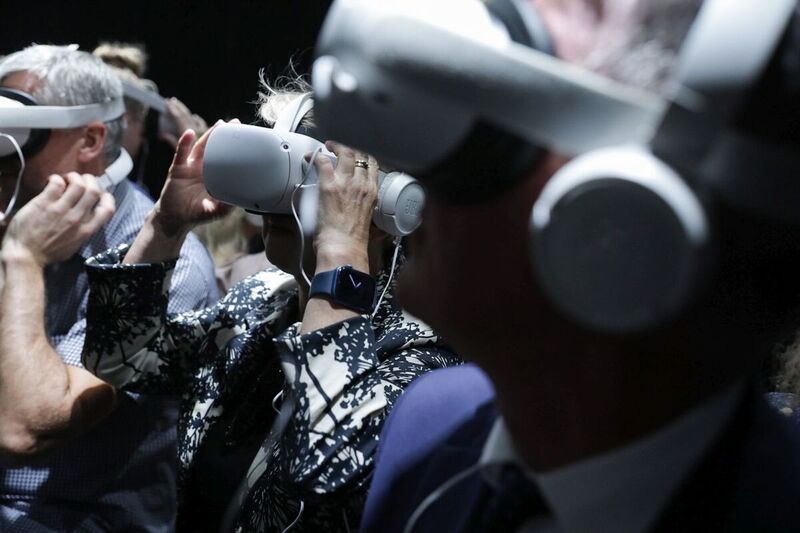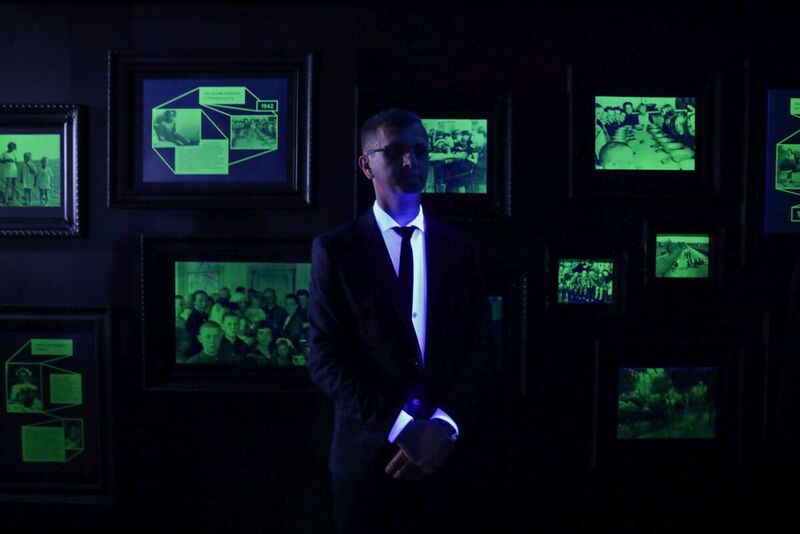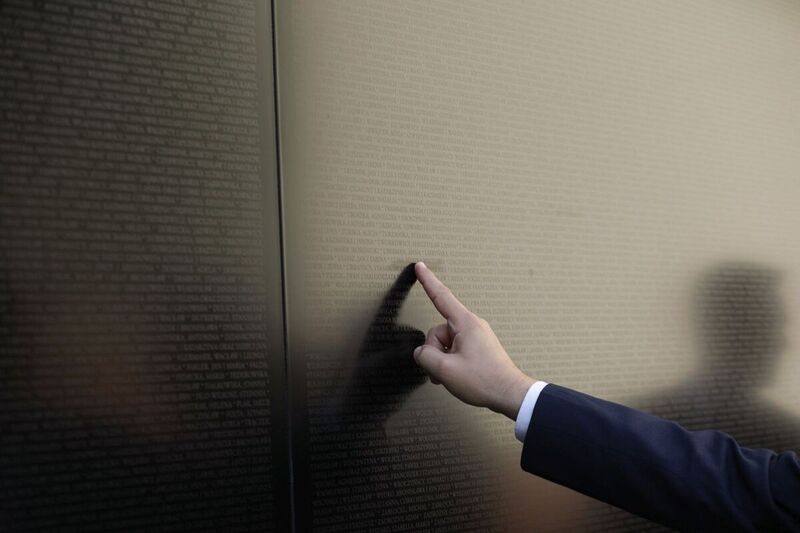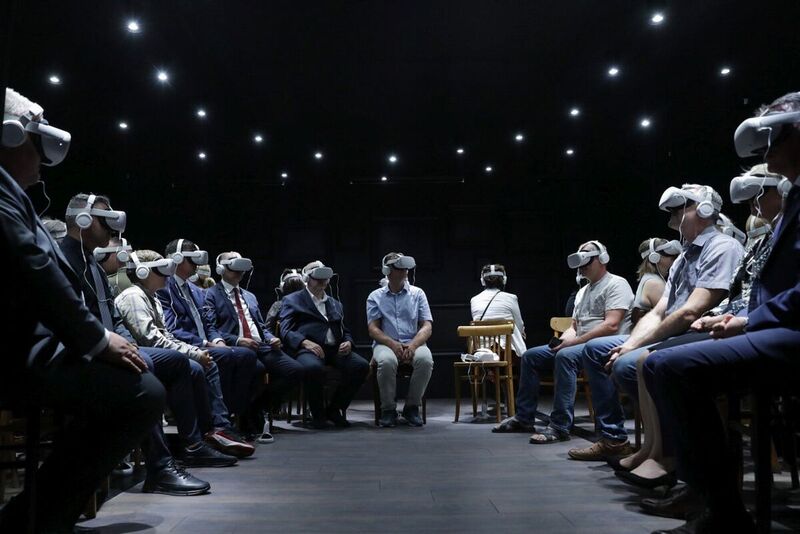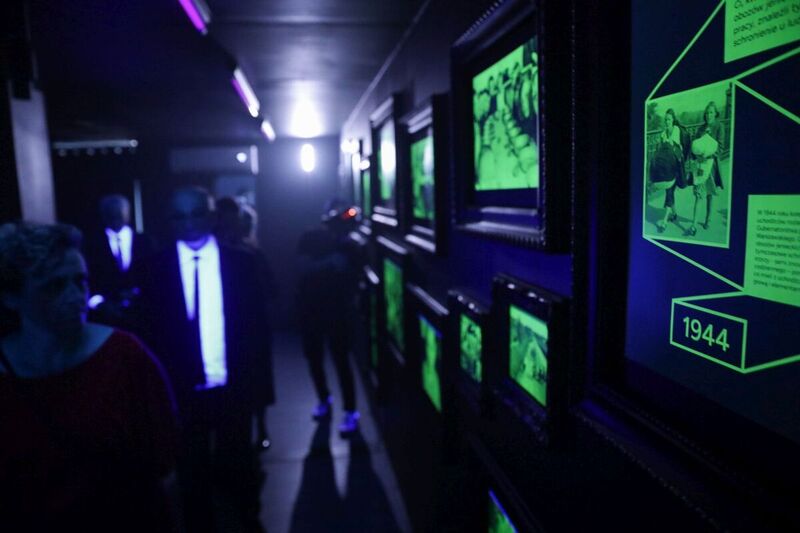The project consists of two parts: a virtual reality (VR) film etude and an immersive exhibition. The two-part installation will be housed in a specially made mobile container. The opening of the exhibition will take place on 9 September 2023 in Rzeszow. It will later be presented for two weeks from September 10 to 24. After that date, the exhibition will be available on Steam free of charge.
The idea of the exhibition is based on the story of the tragedy of the family of Wiktoria and Józef Ulma from Markowa, which took place on 24 March1944. This marks the starting point for a general reflection on humanity, on the ethical sources of attitudes towards fellow human beings inspired by the impulse of love and selfless help offered to those in need.
The exhibition presents the fate of the Ulma family in a broad context, as a symbol, an archetype of an attitude characteristic of Poles. Visiting the exhibition, we will get an answer, documented with examples, to the question of whether we Poles are sensitive to human injustice and whether we are still able to help others, having in mind the attitudes presented by our ancestors, especially Wiktoria and Józef Ulma, who offered their help to Jewish families during World War II.
The exhibition begins outside the mobile container, as its seemingly uniformly black walls, when seen up close, are covered with hundreds of names and places associated with Poles who helped Jews. Once inside, in the middle of the room you'll see an installation with 30 wooden chairs, with VR headsets lying on them ready for use, thus allowing visitors to enter the world of Virtual Reality.
The VR exhibition, which can also be viewed without the goggles, tells the story of the Ulma family – the viewer is transported to several interiors from the 1940s, showing the realities of a village in Podkarpacie, southern Poland. Combining historical artifacts (photographs, documents) with the narration, helps the viewers fully understand the heartbreaking events in Markowa, as well as to fully appreciate the message of the current exhibition. The last of the virtual rooms is a small village cinema room, where a film about the Ulma family is screened.
It is no coincidence that after taking off the goggles, the visitors can see things which had previously remained invisible - exhibits, bathed in ultraviolet light. What had been black - becomes colorful, what had been empty – takes on a specific form, building hope, awakening emotions, igniting imagination. On the walls we see photographs from different periods, dates, places, names, mottos – depicting the recalled events and examples of helping those in need.
The starting point is, for obvious reasons, the uplifting examples of Poles helping Jews and others in need during World War II, and alongside them the examples of helping hundreds of thousands of refugees from lands incorporated into the Reich, from Zamojszczyzna, from insurgent Warsaw. After the end of the war, we did not lose our sensitivity to the needs of others, enthusiastically rebuilding Warsaw, donating blood to the Hungarians during the 1956 uprising, creating the "Solidarity" movement in 1980. Examples of social solidarity are also recorded during the period of political transformation, for example, the reaction of Poles to the great flood in 1997, helping other countries during natural disasters. Last year, Poles once again proved that they can sincerely and selflessly help their neighbors when millions of Ukrainians, mostly women and children, reached Poland after the outbreak of the Ukrainian-Russian war. Once again, Poles proved that they can and want to help other people in need, that the blood of the Ulmas still flows in our veins, that: "This is our heritage."
The exhibition is based on the IPN archival sources, using photographs from Mateusz Szpytma's album "The Righteous and Their World. Markowa in the photography of Józef Ulma". By making the exhibition available on Steam, it will be possible for teachers and educators to carry out, historical lessons as well as the accompanying interactive historical quiz with their students.
SEE THE TRAILER:
